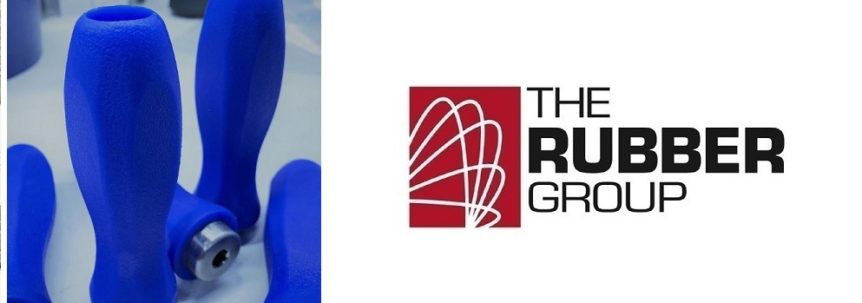Medical transfer molding provides tight control of part tolerances and can fill hundreds of mold cavities from a single pre-formed material. For both short runs and high volumes, this flexible manufacturing method supports complex shapes, thin-walled parts, and consistent dimensions. Often, medical transfer molding is used for overmolding metal or plastic inserts with silicone rubber.
The Rubber Group provides medical transfer molding services and has considerable expertise in rubber-to-metal bonding and rubber-to-plastic bonding. Because we also offer compression molding and injection molding, we can help you to select the right process for your application. Keep reading to learn more about transfer molding or request a quote for your next medical molding project.
How does transfer molding work?
Transfer molding begins when a pre-measured amount of uncured rubber material is placed in a “pot” that is part of the mold. The mold is then closed and a plunger compresses the material. As heat is applied, pressure forces the uncured rubber through sprues into the mold’s cavity. The mold remains closed during curing. Later, the mold is opened and parts are removed.
What are some advantages of transfer molding?
Because transfer molding uses a closed-mold system, less rubber escapes from the cavity so that there’s less flash to remove. Transfer molding also produces sharper edges for a reduced risk of leakage with rubber gaskets. Because rubber enters mold cavities at a temperature that’s closer to the curing temperature, transfer molding also has shorter cure times and cycle times than compression molding.
What are some disadvantages of transfer molding?
Transfer molding can create more waste than other forms of rubber molding. That’s because it produces large transfer pads that are not reusable. Compared to injection molding, transfer molding also has longer production cycles.
When is medical transfer molding the best choice?
Transfer molding is often the best choice for small, intricate parts that require tight dimensional tolerances. It’s also used for intricate parts that are produced in lower volumes and for mold designs that have multiple cavities. Although injection molding is generally associated with high-volume production, The Rubber Group can use transfer molds for higher volumes as well. (We also use some injection molds for parts with low annual volumes where applicable.)
What are some applications for medical transfer molding?
Medical transfer molding is used widely in silicone overmolding, especially with the handles of medical devices and surgical instruments. Transfer molding is also used to produce parts that have details such as recesses or pockets, or that use logos for branding purposes. Additional applications include lip seals and U-cups, rubber products that need well-defined surfaces to avoid leaking.
Who provides medical transfer molding services?
The Rubber Group provides medical transfer molding services, rubber-to-metal bonding, and rubber-to-plastic bonding. The benefits include flexible production runs, shorter cycle times, and both design assistance and help with material selection. Ask us how we can overmold elastomers such as medical silicones onto stainless steel, aluminum, or plastic inserts for surgical instruments. We can also use transfer molding with medical devices that have intricate features.
To learn more about our capabilities, contact us.

